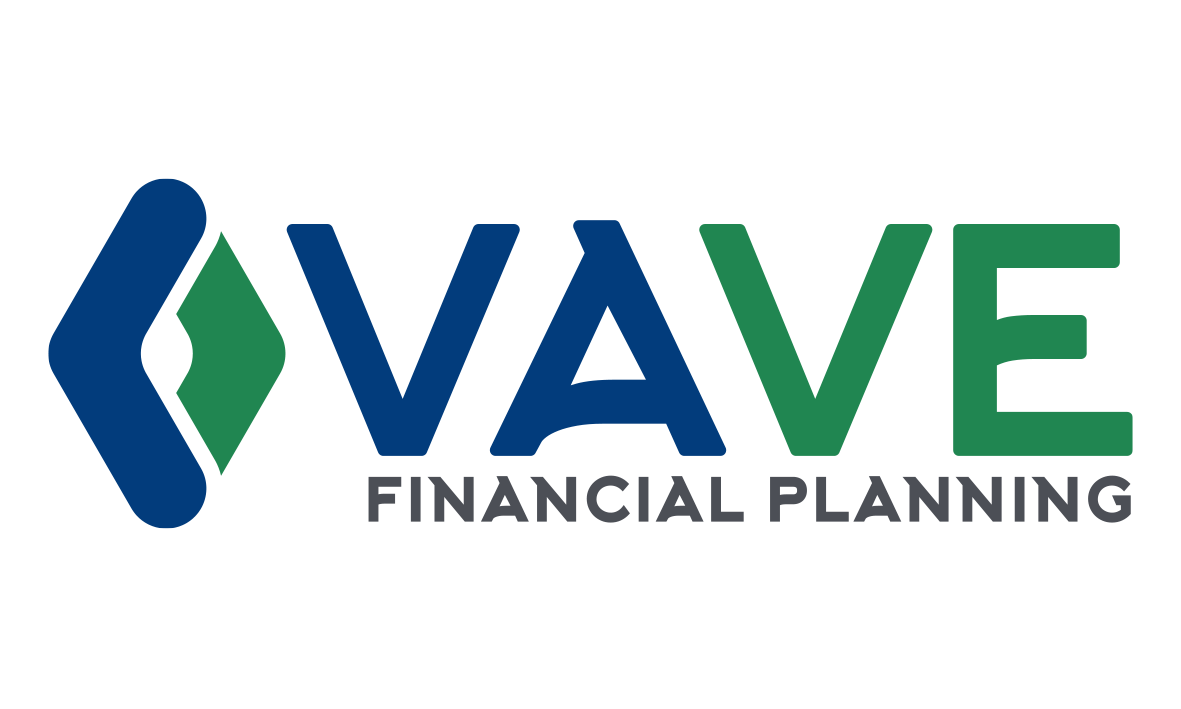I was interviewed by Rob Carrick in the Globe and Mail article: Frustrated homebuyers, renting is not a ‘financial coffin’
https://www.theglobeandmail.com/investing/personal-finance/young-money/article-frustrated-homebuyers-renting-is-not-a-financial-coffin/?fbclid=IwAR2JSor80Z_IpbbTaSc5G4rnQAzc4HxL09f_khCtVrye3Wc8k0RGbScmelc


















